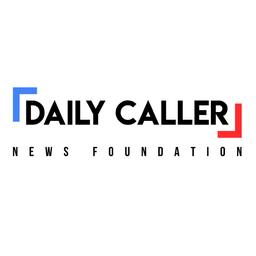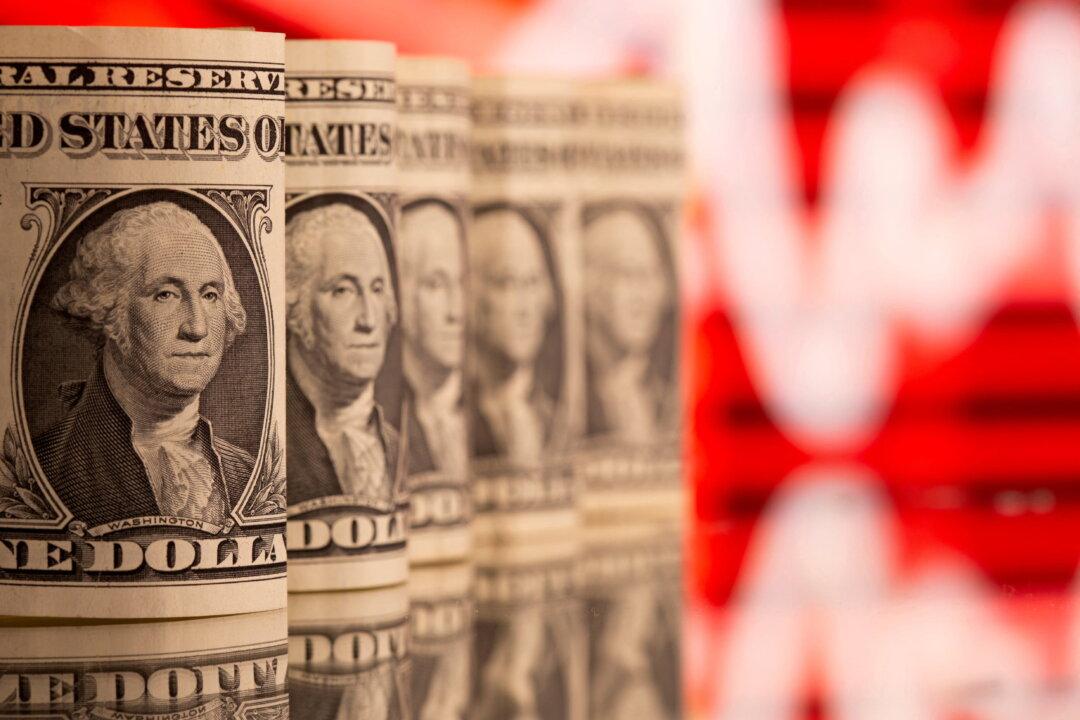- States that withdrew from the federal pandemic unemployment bonus in June saw improving jobs numbers and fewer individuals filing for benefits compared to other states, Department of Labor data analyzed by the Daily Caller News Foundation showed.
- “I continued to see increases in the number of unemployed and, in some weeks, increases in the new regular claims that were coming in,” Republican Mississippi Gov. Tate Reeves, who was among the first governors to cancel the benefit, told the DCNF in an interview. “So I felt we had to make a decision because if we wanted to experience a full economic recovery, we had to get our people back to work.”
- The states that stopped offering residents the federal benefit in early June experienced a 33 percent drop in new jobless claims filed compared to the roughly 4 percent decline seen in states that didn’t withdraw from the program, according to the data.
The states, most of which are Republican-led, that stopped offering residents the federal benefit in early June experienced a 33 percent drop in new jobless claims filed compared to the roughly 4 percent decline seen in states that didn’t withdraw from the program, Department of Labor data analyzed by the DCNF showed. Governors pulled out of the Federal Pandemic Unemployment Compensation (FPUC) program, a weekly $300 bonus given to out-of-work Americans on top of state benefits, due to stagnating job growth and a worsening nationwide labor shortage.





